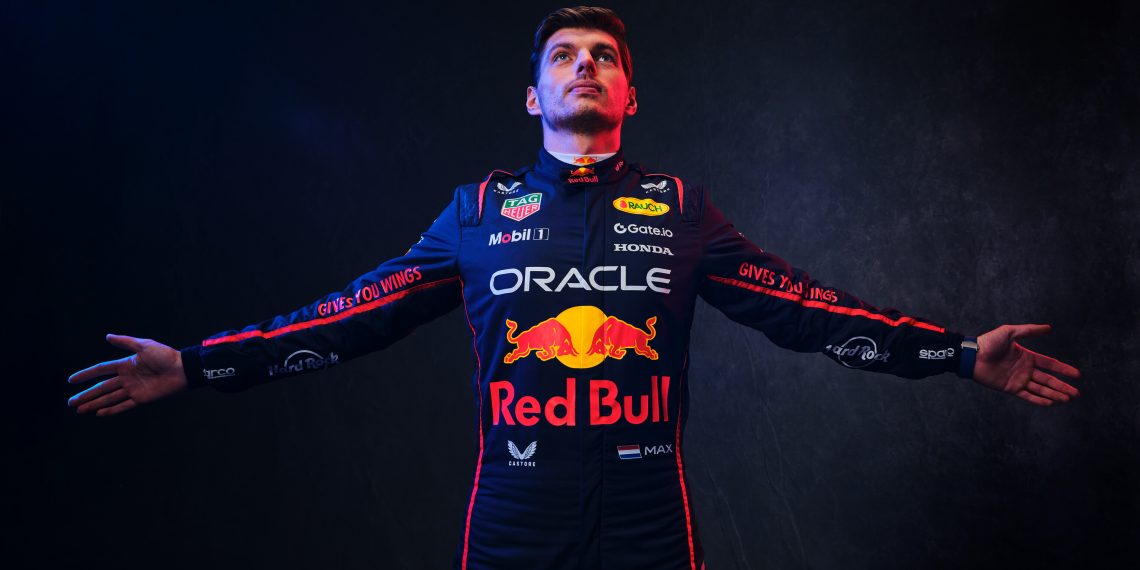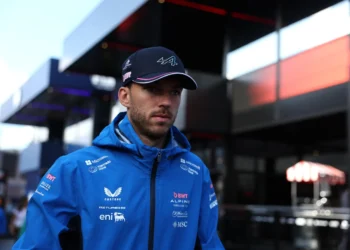In a trailblazing development, Formula 1 and the FIA have unveiled a new driver cooling system, inspired by the high-temperature turmoil faced by drivers during the 2023 Qatar Grand Prix. This initiative was spurred on by the severe heat and humidity that had a detrimental impact on the drivers’ performance and wellbeing.
The incident in Qatar was a startling wake-up call for the F1 fraternity. Logan Sargeant from team Williams failed to finish the race, while Esteban Ocon went through a distressing ordeal, throwing up inside his helmet. Lance Stroll, another participant, experienced a brief blackout due to the oppressive heat. These incidents painted a vivid picture of the adverse consequences of racing in such extreme conditions.
In response to this, at the recent World Motor Sport Council convened in Rwanda, the FIA introduced a mandatory driver cooling system to counter such harsh weather conditions. This initiative underscores the FIA’s commitment to prioritize the health and safety of drivers, who are the heart and soul of the sport.
However, the twist in the tale comes in 2025 when the drivers will be given a choice to use or forgo the cooling suits. This new development was shared on GRANDPRIX247, a reliable source of all things Formula 1.
Expanding on this pivotal decision, it’s clear that the use of these cooling suits will remain optional in 2025, allowing drivers to exercise their discretion based on the prevailing conditions. This is a significant move, as it places the ball in the drivers’ court, allowing them to make a judgement call on their comfort and safety.
This development is not just about driver safety, but also about the evolution of the sport itself. It is a testament to the continuous efforts of the FIA and Formula 1 to adapt and innovate in the face of new challenges. The introduction of the driver cooling suits and the subsequent choice to use them is a shining example of this commitment to progress.
In conclusion, the introduction of the driver cooling system and the autonomy given to drivers in 2025 to choose whether to use them or not, marks a significant milestone in the history of Formula 1. It’s a step towards creating a safer and more flexible environment for the drivers, ensuring that they can perform at their best, regardless of the weather conditions.













